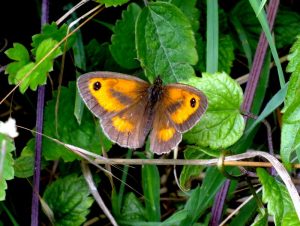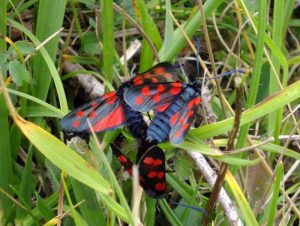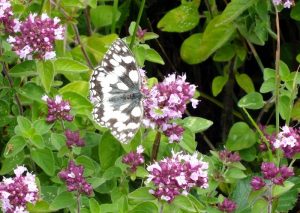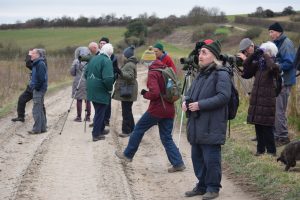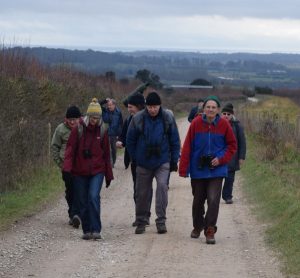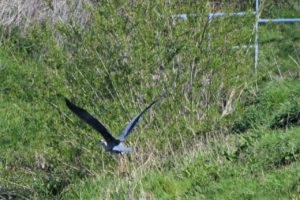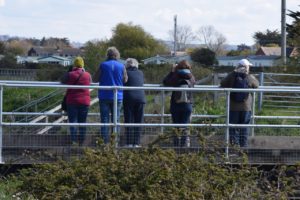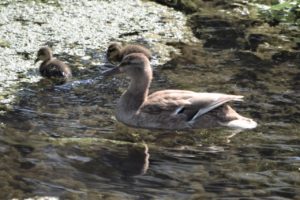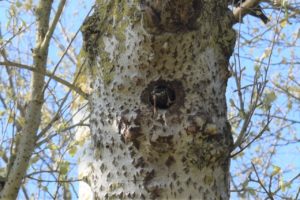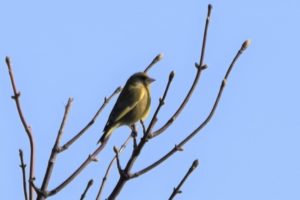Parish Magazine Article June 2024
Swifts by Michael Blencowe for Sussex Wildlife Trust
These are uncertain times. Who knows where this planet is heading? But since the start of May I’ve been looking to the sky for a sign of reassurance: the return of the Sussex Swifts from Africa. Ted Hughes expressed it perfectly: “They’ve made it again / Which means the globe’s still working, the Creation’s / Still waking refreshed, our summer’s / Still all to come.”
Swifts may not look like much – they’re basically two wings and a mouth – but it’s hard to explain their abilities without making them sound supernatural. Swifts are all about flying. They feed, scream, and mate in the air and bathe in the rainclouds. At night they switch off half their brain, switch on cruise control and fall asleep amongst the stars. If they had their way they would never come down. But there’s one little flaw in their plan: eggs don’t float. So, for just a few weeks of the year, they begrudgingly swap the open skies for a cramped nest under the eaves where they raise their young. The problem is in recent years most of these little gaps have been lost to renovations and modern architecture. The destruction of their homes is one of the reasons why Swift numbers have fallen. They are refugees on the wind.
They cruised into Sussex in May after a non-stop, long-haul flight from Africa; not that this trip bothered them. Swifts are all about flying. For me, the Swift is the only bird that takes pure, unadulterated pleasure in flying. Other birds fly out of necessity, but Swifts seem to fly for the joy of it, screaming with delight at the top of their little Swift lungs, a shrill cry that is forever associated with English summers.
By the time you read this, a new generation of Sussex Swifts, born in a roof cavity, have crawled to the nest entrance, and bravely launched themselves on their first flights. And what a first flight – they may not land again for two or three years! For these ‘teenage’ Swifts, the skies of Europe and Africa will be their playground. Nothing will tame them. Well, not until they meet a partner and decide to settle down in a roof of their own somewhere. But don’t let this comfortable image of domestic bliss fool you – there’s no taming these Wild Ones.
Sussex Wildlife Trust is a conservation charity for everyone who cares about nature in Sussex. Founded in 1961, we have worked with local people for over half a century to make Sussex richer in wildlife.
We rely on the support of our members. Please consider joining us. Your membership will help us challenge decisions that threaten wildlife, care for more than 30 nature reserves, and inspire the next generation about the wonders of the natural world. It’s easy to join online at sussexwildlifetrust.org.uk/join

